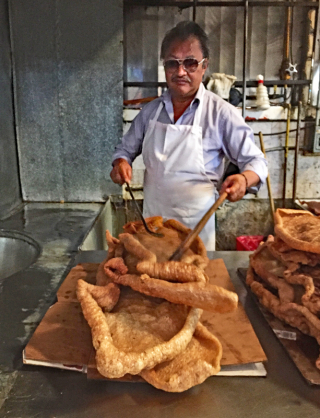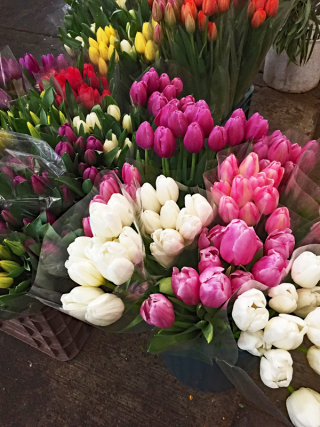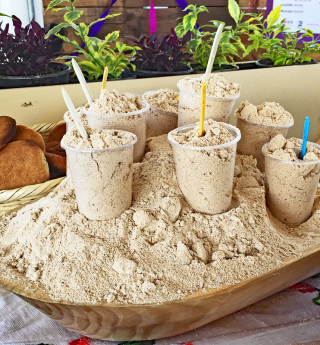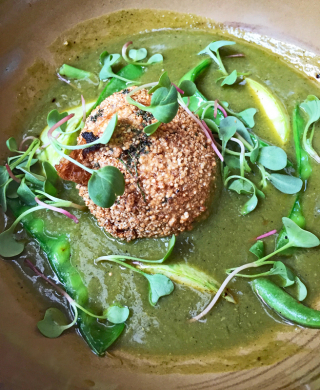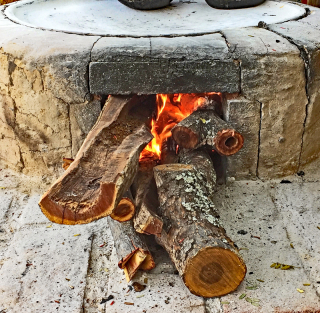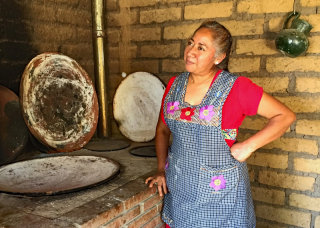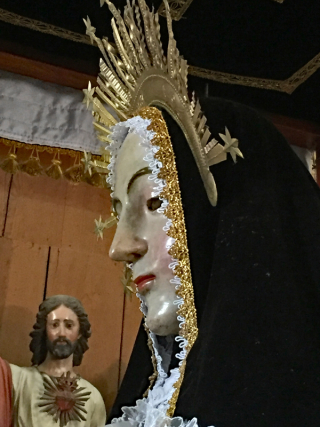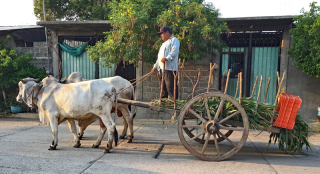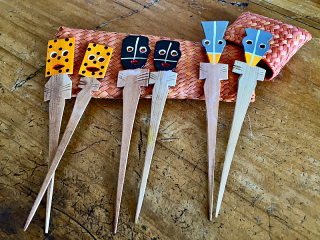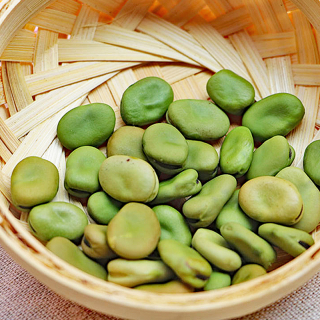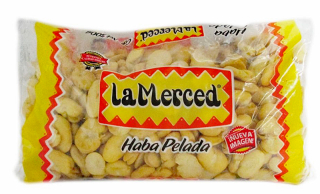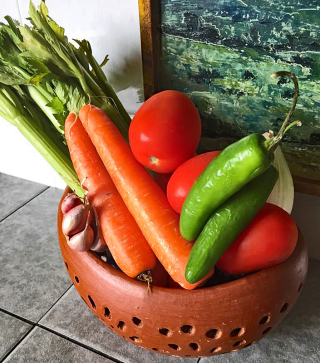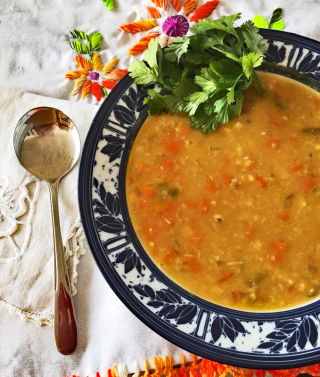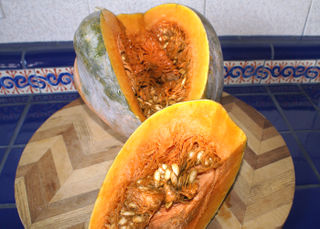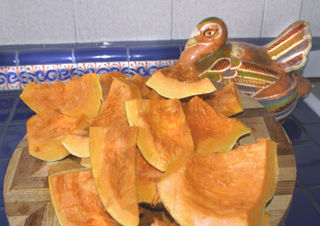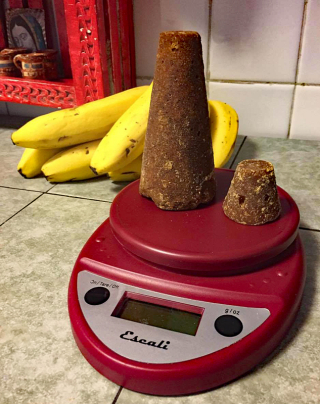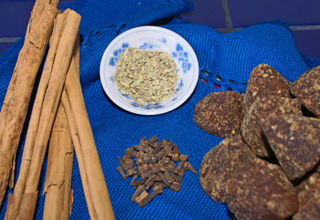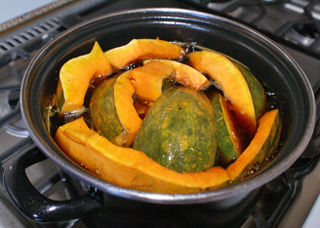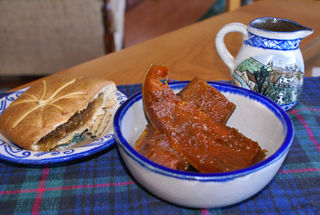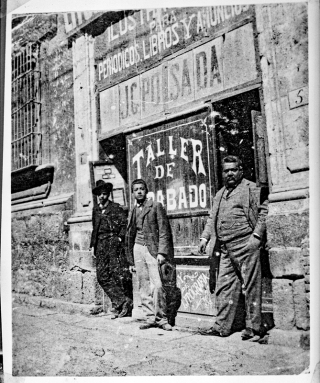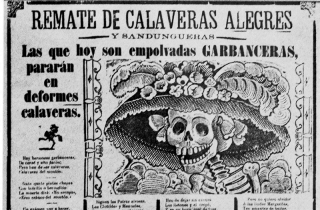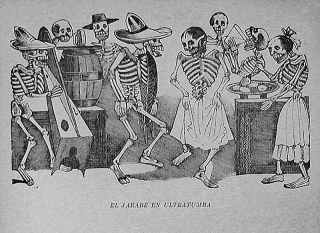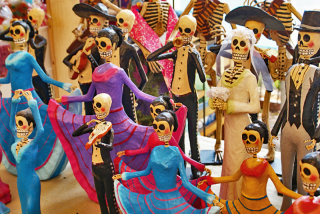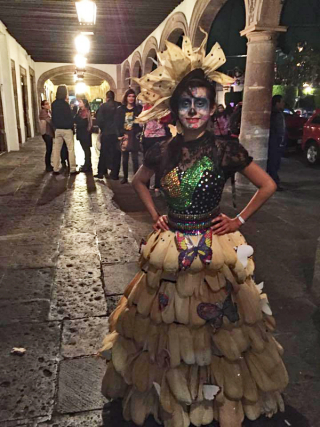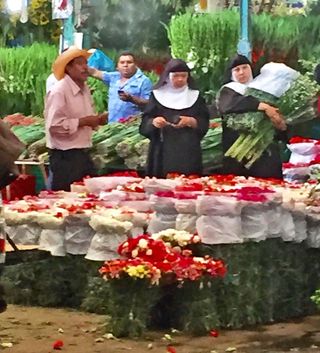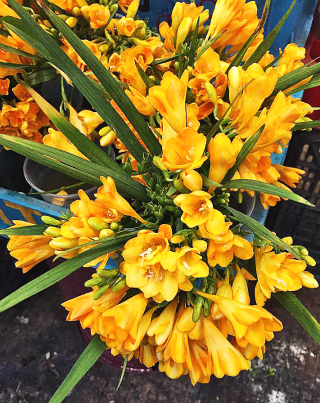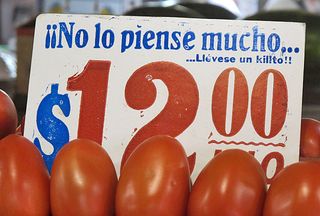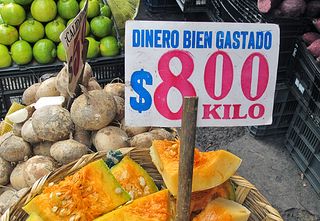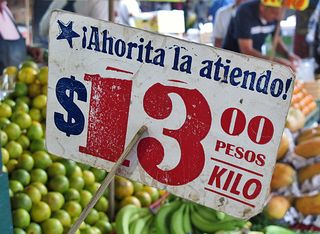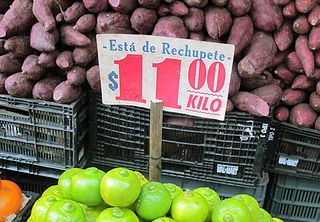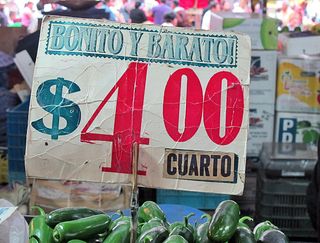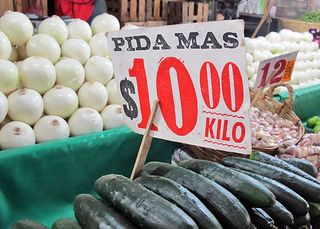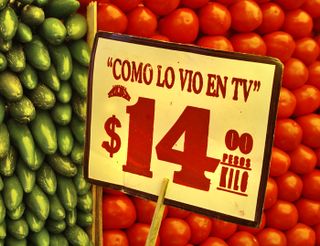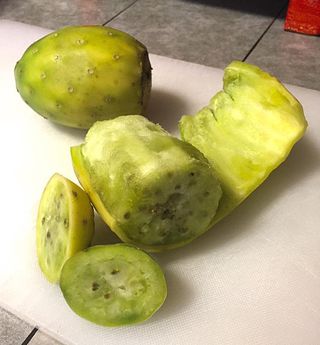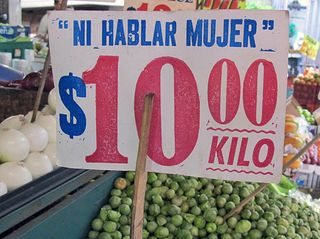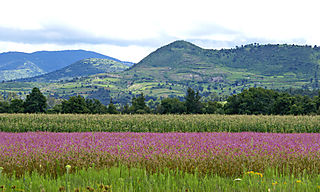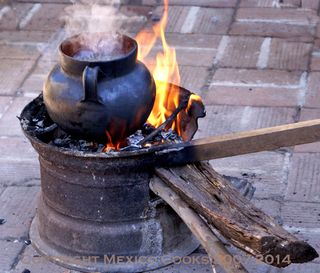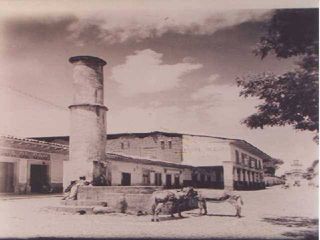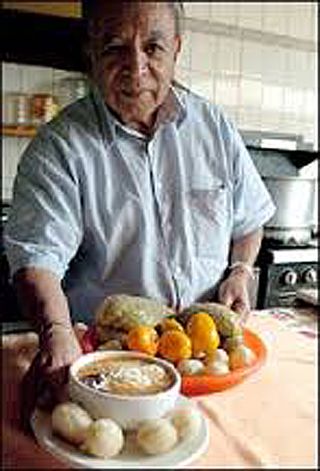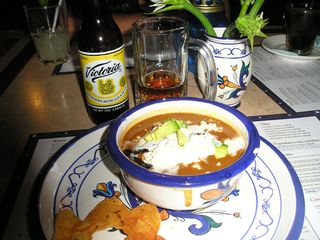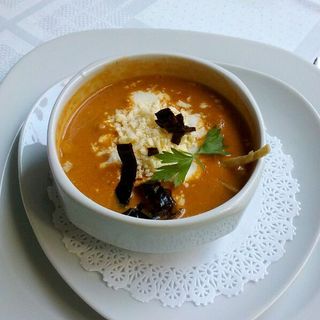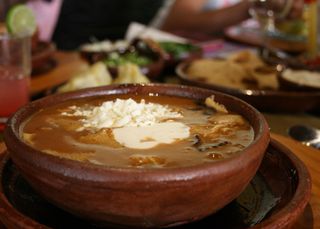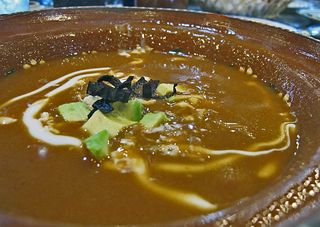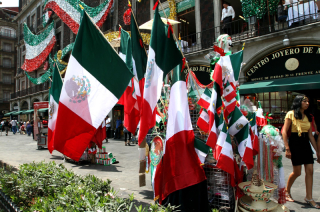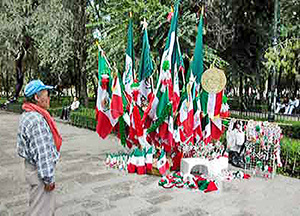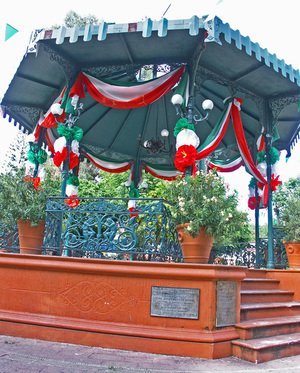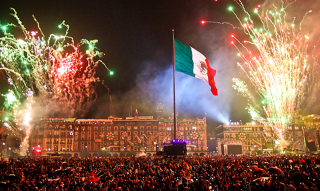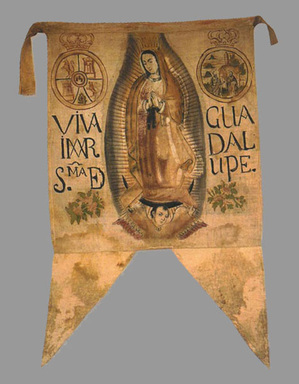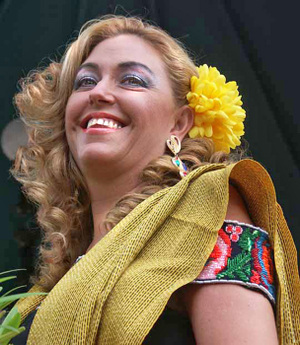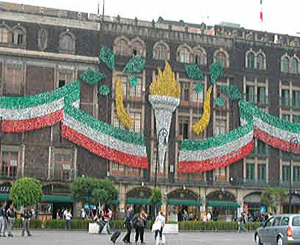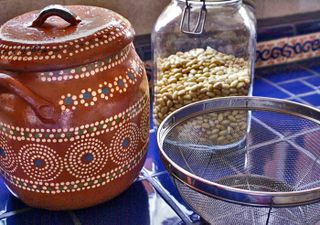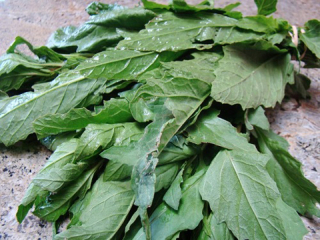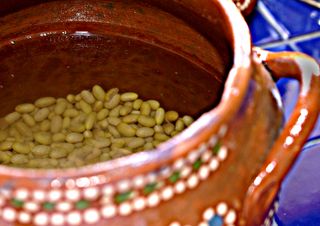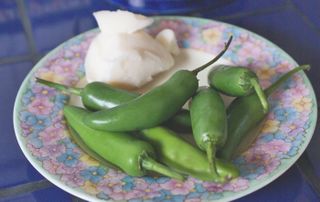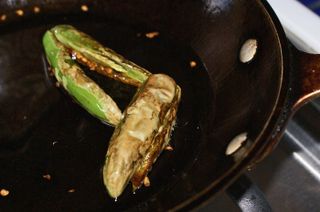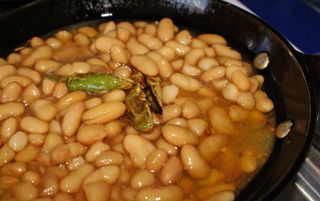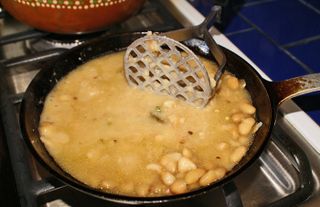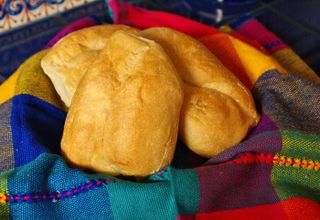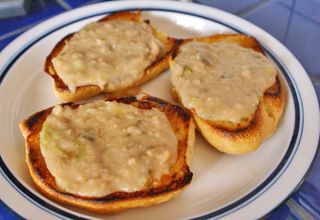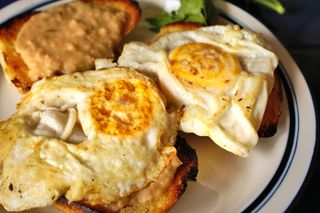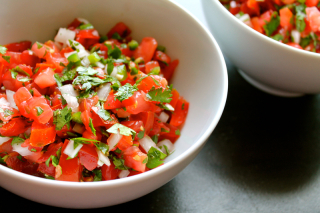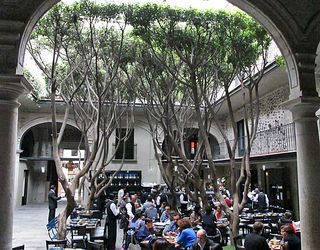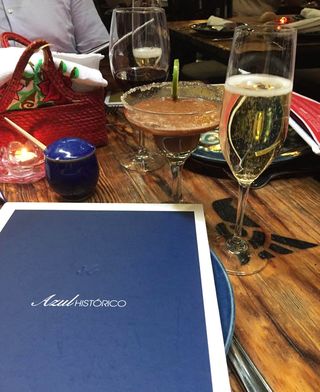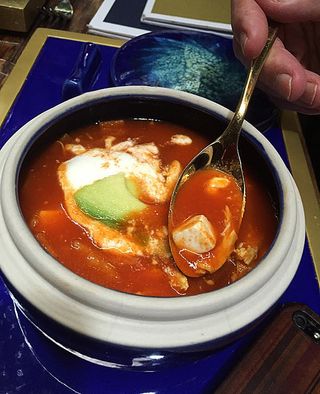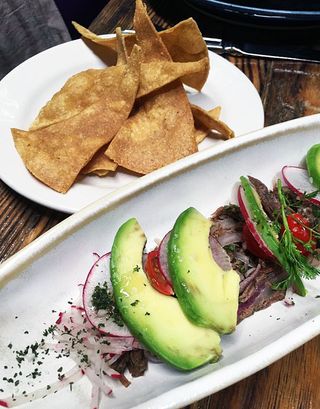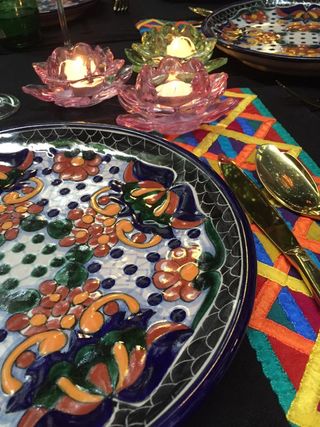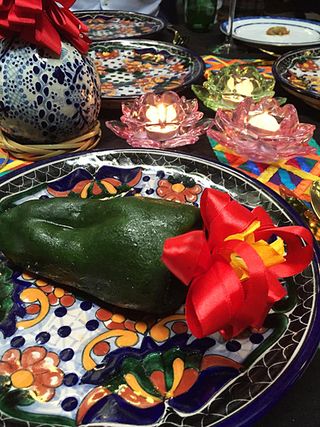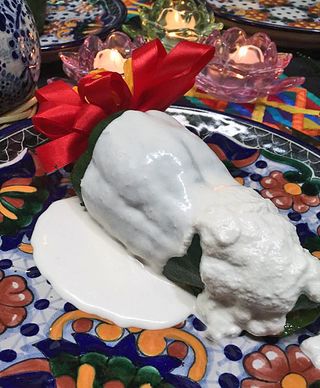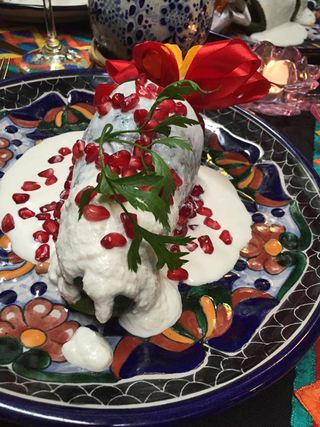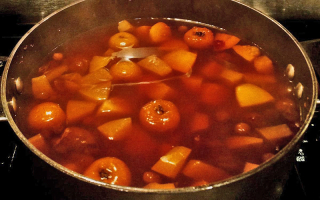
Mexico's fragrant, delicious ponche navideño–Christmas punch, served hot. Loaded with seasonal fruits and sweet spices, it's a do-not-miss at our Christmas festivities. The recipe is simple and the rewards are many; you, your family, and your holiday guests will love it as much as I do. Photo courtesy México Desconocido.
At nearly every winter party in Mexico, you'll find a big vat of steaming hot, homemade ponche navideño. Served with or without a piquete (a shot of rum, tequila, or other alcohol), this marvelous drink will warm you from the inside out. Really, it wouldn't be Christmas (or a posada, or New Year's Eve) without it. Here's the recipe I've used for years.
Ponche Navideño Mexicano**
**You should be able to buy everything on this list at your local Latin market
2 pounds sugar cane, peeled and cut into 3” sticks
1 pound apples, cored and cut into thin slices or chunks
1 pound pears, cored and cut into thin slices or chunks–Bosc are excellent for this
10 ripe guavas, cut in quarters and seeded
Peel of one orange
1 pound tejocotes, cut in quarters and seeded
1/2 pound tamarind fruit removed from the pods and deveined
1/2 pound prunes with or without seeds
2 ounces dried jamaica flowers
2 cloves
1 star anise pod (optional)
1 kilo piloncillo (Mexican brown sugar)
1/2 cup white sugar (optional)
2 long sticks Mexican cinnamon, broken in thirds or quarters
6 quarts of water or more
Special Equipment
A 12-to-14 quart lidded pot
__________________________________________________________________
Before you start cutting up fruit, put 6 quarts of water in a pot, cover it, and over high heat, heat it until it boils.
Add all the cut fruit to the pot and bring the pot back to a boil. Then lower to simmer and simmer for 20 minutes. If you think the pot needs more water, bring it to a boil separately and add it little by little.
Add the tamarind, the prunes, the jamaica, the cloves, the piloncillo, the white sugar, the cinnamon, and continue to simmer until all of the fruit is soft and tender.
We usually ask our adult guests if they'd like their ponche con piquete (with alcohol–rum, tequila, etc). Add a shot to each cup as requested, prior to adding the ponche.
_____________________________________________________________

Sugar cane is in season right now! On the left, you see it in the already-peeled "sticks" you want for your ponche. On the right, you see the unpeeled sections that you want for your piñata! Thanks to Verónica Hernández at Mexico City's Mercado Medellín (corner of Calle Campeche and Av. Medellín, Colonia Roma) for letting me take this photo; if you're in the city, look for her and her employer, Mario Bautista, at Booth 138–tell her you saw her caña (sugar cane) on Mexico Cooks!.
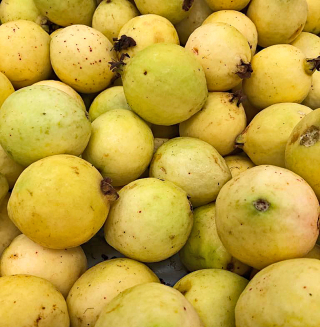
The fragrant perfume of ripe guavas permeates our markets right now–they're ready to buy for ponche.
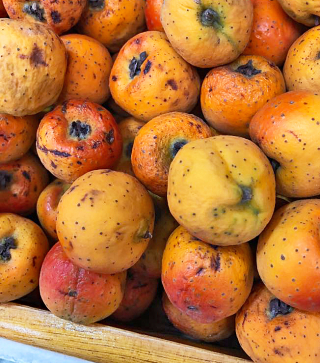
Seasonal tejocotes–Mexican hawthorne, similar to the crabapple. Each of these measures approximately 1 1/4" in diameter. The fruit is very high in pectin, which slightly thickens ponche. If you simply cannot find tejocotes, substitute another pound of apples.
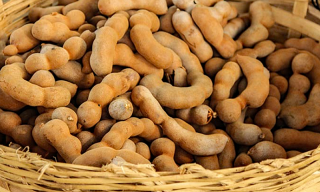
Tamarind pods with their shells on. If you're unable to find the pods, use about 1/4 pound tamarind paste.
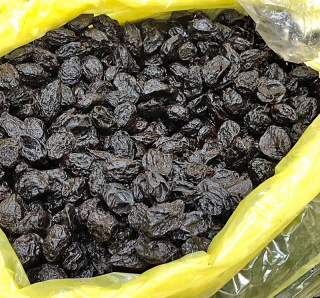
These are prunes with seeds. You can use these or you can used seedless prunes.

These are the dehydrated jamaica flowers you need to make ponche. They add deep red color and tartness to the drink.
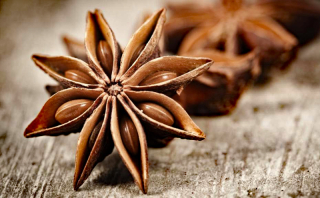
Star anise for your ponche. You will find this in the store where you usually buy spices, at a Latin market, or at an Asian market.
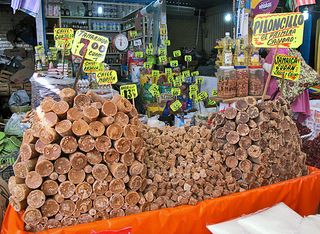
Look at this huge display of piloncillo (molded raw brown sugar) at the Mercado de Jamaica, Mexico City! One kilo will be enough for this recipe's ponche. Click on any photo to enlarge.
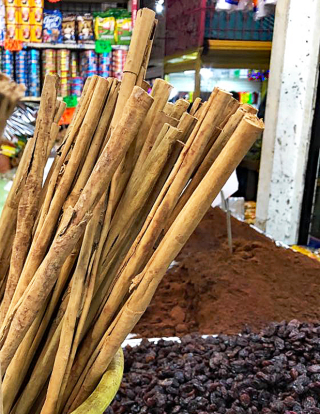
This is what's known as canela–Mexican "true cinnamon". The truth is, it's grown in Ceylon and imported to Mexico. Notice how many, many layers of very thin bark are folded in on one another. This cinnamon is quite soft, breaks and flakes easily, and is what you want to look for to use in ponche and any other Mexican recipe calling for cinnamon. Do not be misled into buying cassia, a much more readily found, much harder in consistency, and much less flavorful "fake" cinnamon. Look for canela at your Latin market; the sticks are usually quite long. These measure nearly a half-meter! To the right side are Mexican raisins, which, if you like, you can also add to the ponche.
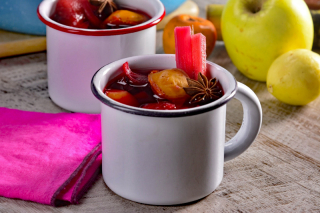
Old-fashioned Mexican peltre (enamel over metal) cups filled with ponche navideño. Be sure to put a lot of all of the varieties of fruit into each cup. Those are caña (sugar cane) sticks (colored pink by the jamaica flowers)–an edible decoration and a tool for pushing fruit from the cup into your mouth! Photo courtesy Kiwilimon.
Provecho! (Mexico's way of saying bon appetit!)
Looking for a tailored-to-your-interests specialized tour in Mexico? Click here: Tours.
